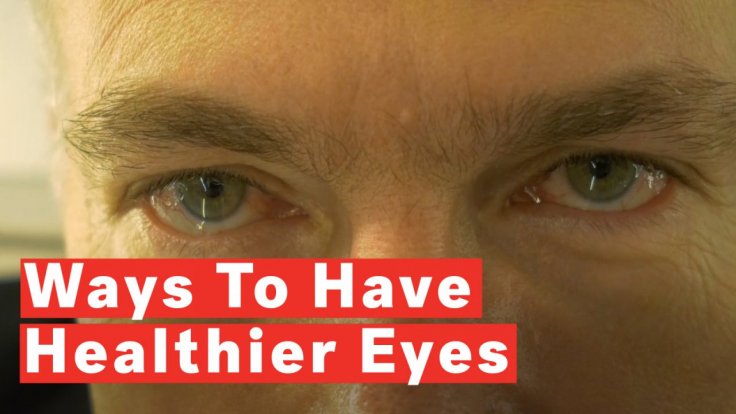
Simple care could improve eyesight in more than a billion of 2.2 billion individuals who live with a visual impairment or blindness globally, a World Health Organisation (WHO) report has suggested.
According to WHO, there is a wide inequality in sight and eye conditions in low and middle-income countries as compared with countries with high per capita income.
The report said eye impairment risk in low and middle-income countries was up to eight times higher than in wealthy countries, with people living in rural areas, ethnic minorities, women and older people suffering disproportionately.
At least one billion people with these conditions, including short and far-sightedness, cataracts, and glaucoma, could have been prevented or treated but suffered because of a lack of accessibility to healthcare services.
WHO Director-General Dr. Tedros Adhanom Ghebreyesus said it was "unacceptable" that 65 million people were blind or had impaired sight when their vision could have been corrected overnight with a cataract operation.
He said the figure accounted than 800 million for those who struggled in everyday activities because of lack of access to a pair of glasses, with people in low and middle-income regions being four times less likely to receive help than in high-income areas.
The report estimated a cost of $14.3billion (£11.7billion) for the treatment of over a billion people already living with visual impairment or blindness from cataracts, and short and far-sightedness.
Kirsty Smith, chief executive of disability inclusion NGO Christian Blind Mission UK, said there were still millions of people worldwide needlessly losing their sight to conditions like cataracts despite decades of work to improve access to eye health.
"In recent years, we've seen new challenges such as increasing levels of diabetes-related sight loss and aging-related visual impairment across the world," Smith added.
The WHO report said an investment of $5.8 billion could prevent or avoid impaired vision or blindness caused by glaucoma, diabetes, and trachoma in about 11.9 million people.
Calling for action, Juliet Milgate, director of policy and advocacy at Sightsavers, said serious challenges remained and there were significant unmet needs in the field of eye care. "It will hopefully lead to greater awareness, political will and better eye health (availability) for all, particularly those who are most marginalized."
The WHO argued countries must include eye care in national health plans and provide essential packages of care in their journey towards universal health coverage.
"Poor vision is a ticking time-bomb that impacts the education, work, and quality of life of around a third of the world's population, particularly women," The Guardian quoted James Chen, founder of initiatives Clearly and Vision for a Nation, as saying.
Pointing to a recent study from China investigating the clear link between time spent outdoors and the delayed onset of later-stage short-sightedness, Who's Stuart Keel said staying inside rarely relaxed the lens in the eye. "When you're indoors, the lens inside your eyes is in a complete flex state, or it's flexed but when you're outside, it's nice and relaxed," Keel explained.









